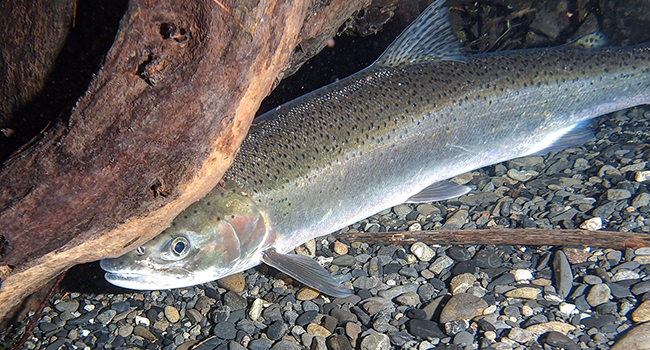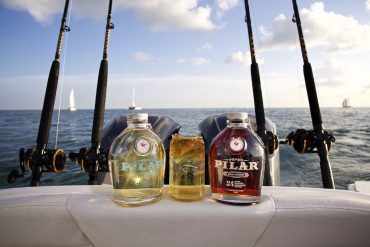
How Washington’s Hoh River Steelhead Project could become the new Pacific Coast standard
Wild steelhead management is one of the more volatile issues among anglers, guides, conservation groups, and fisheries managers in the Pacific Northwest. But on Washington’s Hoh River, a hallowed 300-square-mile Olympic Peninsula watershed, a diverse group of stakeholders has built an uncommon allegiance around a pilot project to help the species.
The Conservation Angler’s (TCA) Pete Soverel and Trout Unlimited’s (TU) John McMillan sparked the effort after approaching the state about implementing a steelhead data collection and sonar program in collaboration with local guides and anglers. “We often overharvest wild steelhead based on a preseason run forecast,” McMillan said. “One way to ensure that we do meet those predictions is by using sonar because it provides in-season real-time data to know whether or not healthy fish-abundance levels are being met and maintained.”
Similar to the technology you’d find in a Hummingbird fish finder, sonar is used to count adult fish that swim past a specific location in the river. It sends sound waves into the water (think of a flashlight beam) and if they hit an object (think of a steelhead) the waves or echoes bounce back and are recorded. Sonar has been used for years to estimate sockeye salmon run sizes in Alaska. More recently it’s been used in places like California’s Smith River and British Columbia’s Fraser River. On the Hoh, however, it could represent a new paradigm.
Hoh River wild steelhead have missed escapement 8 of the past 13 years. Between the tribal commercial fishery annually harvesting (more than) their 50-percent allotment and 80 to 100 percent of the wild steelhead escapement being caught and released by anglers, this well-handled basin is in urgent need of improved data and management. How…





